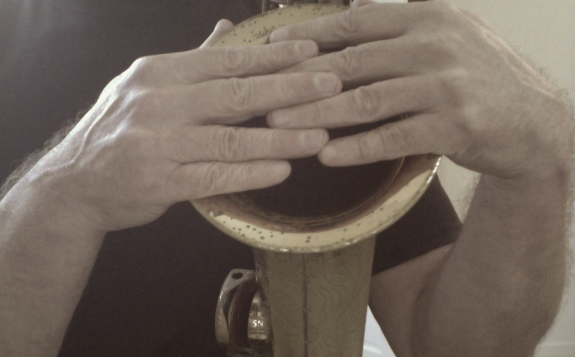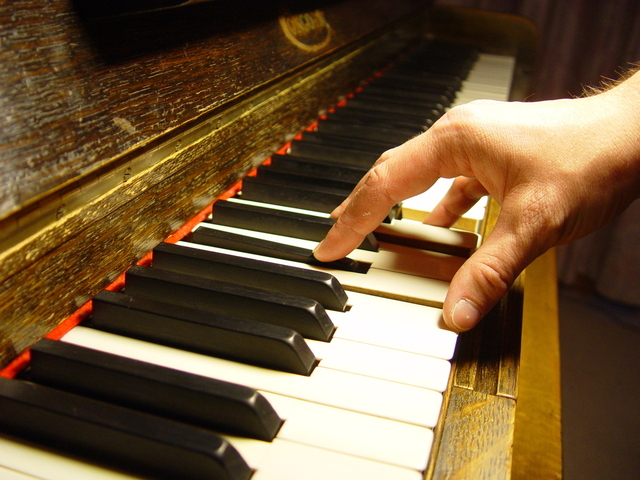The longer I teach the Alexander Technique to musicians, the more frequently one particular issue arises: the lack of clarity between cause and effect where practice and technique are concerned. Below is a brilliant description of this potential obstacle to progress:
The players/teachers do what they do; they tell the student what they think they do; the students think they heard what the teachers said about what they think they do; the students then try to do what they think the teachers said about what they think they do.
-Denis Wick, Retired Principle Trombonist, London Symphony Orchestra
Let’s look at this quote in detail.
“The players/teachers do what they do;” Yes, they do. For better or for worse. Truth be told, there are a number of very fine musicians who play well despite what they do. In other words, their misdirected efforts or sub-optimal overall coordination are obstacles that they’ve overcome well enough to let their skills shine through.
“they tell the student what they think they do;” This is often where the confusion begins. It’s a matter of causality versus coincidence. Just because something happens while getting a specific result doesn’t meant that it was the cause of the result. For example, if you do this “thing with your tongue” every time you take a breath to play a wind instrument or sing, it doesn’t mean that “thing” you do is helping you produce an optimal breath. As a matter of fact, it might be even interfering with your breathing.
“the students think they heard what the teachers said about what they do;” So maybe you try to describe this “thing you do with your tongue” to your students, but because of their sensory perceptions/experiences, and how they take in your words, they completely misapprehend what you’ve explained to them. (In essence, they’ve misapprehended your misapprehension.)
“the students then try to do what they think the teachers said about what they think they do.” And the confusion continues. Because the students now “know” what to do, they try to carry it out, no matter how far it is from the original understanding/intention of the teacher, nor no matter how far it is out of accordance with their human design and/or with acoustics.
So now, this “thing with your tongue” that your teacher taught you not only doesn’t help you with your breathing, but also, it’s not even what your teacher thinks it is in the first place.
And this is how a good deal of misinformation is passed on from teacher to student. Some of these students themselves becoming teachers to further perpetuate misconceptions.
So how do you counter this tendency?
1. Question things. Try to understand the cause and effect relationships between specific efforts and results. Doing something a certain way just because a master musician says to do it that way may not necessarily guarantee success. Become a respectful, but healthy skeptic (like some of my favorite students). Same thing if you’re on the teaching side of things. Question why, and understand why, you do the things you do as you play (especially before you tell your students to do likewise).
2. Study the science. The more you understand your design (more specifically your musculoskeletal anatomy and physiology), the easier it is to filter out (or at least re-frame) counterproductive advice. Same with understanding acoustics. If something is acoustically impossible or flies in the face of anatomical reality, you can simply discard it. Aim, as scientists do, to understand the “mechanism” of how and why something works they way it does. (This also applies to the point above about “questioning things”.)
3. Improve your sensory perception. This is where the Alexander Technique comes in handy. You’re often not doing with yourself exactly what you think you’re doing. Part of the study and application of the Alexander Technique is bridging this perceptual gap between what you think you’re doing, and what you’re actually doing.
4. Be wary of words. There can be so much flexibility in the meaning of even the most carefully chosen words. What you read, or are told, may not at all reflect the intention and understanding of whomever read or spoke them. When it comes to teaching and learning highly skilled activities, words without a direct and clear kinesthetic experience can often be misleading for both teacher and student.
So whether you are learning, are teaching, or doing both, staying cognizant of these potential communication gaps between teacher and student can significantly improve results.

